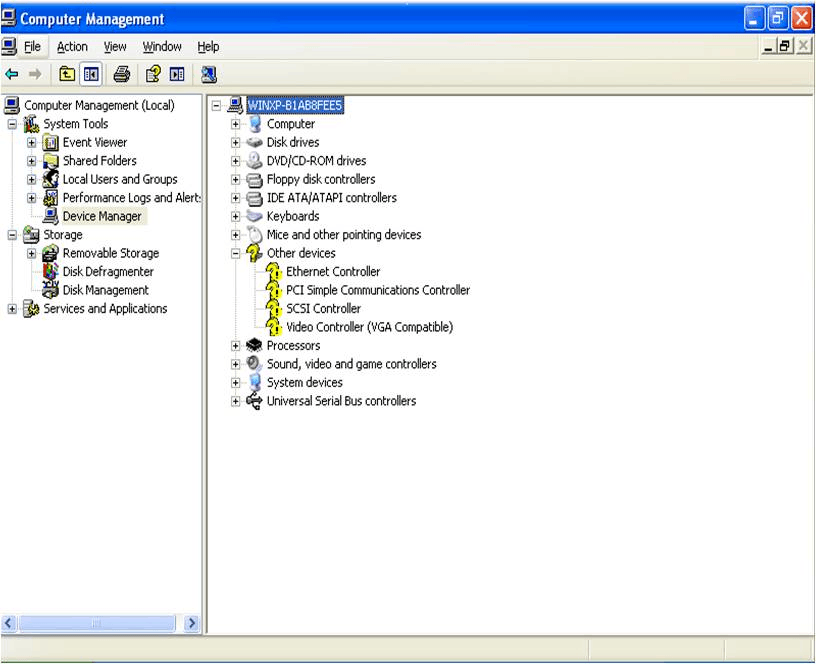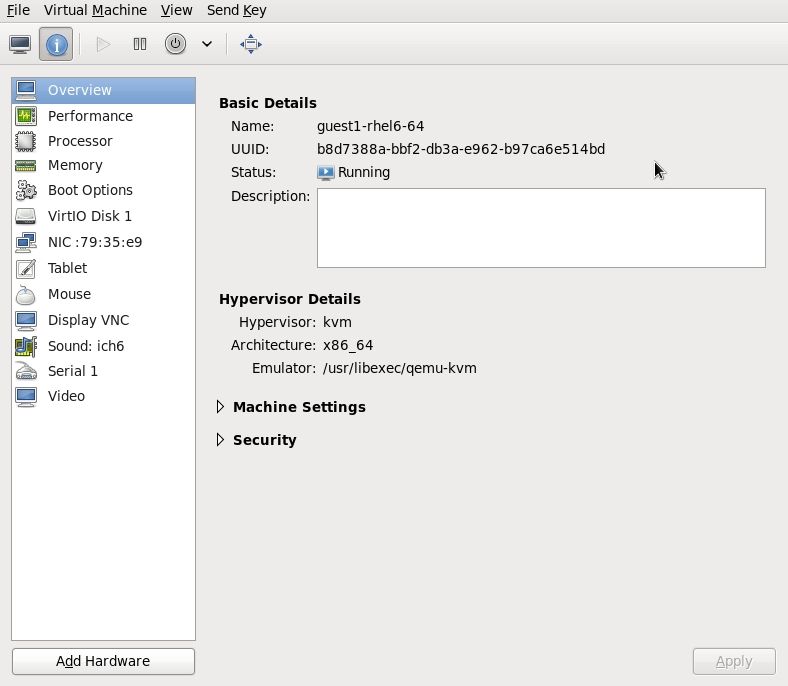Download Free Virtio-9P-Pci Windows Driver

Windows VirtIO Drivers The source for the Windows drivers is hosted in a repository on GIT hub. Anonymous users can clone the repository git clone Binary Drivers Binary drivers are provided by some Linux distributions including WHQL Certified drivers. For example the binary drivers for Ubuntu can be found. 64-bit versions of Windows Vista and newer (this currently includes Windows Server 2008, Windows 7, Windows 8, Windows Server 2008 R2 and Windows Server 2012) require the drivers to be to load.

Serial key windows 10. If your distribution does not provide binary drivers for Windows, you can use the package from the Fedora Project. These drivers are digitally signed, and will work on 64-bit versions of Windows: Code signing drivers for the Windows 64bit platforms • Drivers should be signed for Windows 64bit platforms. • Here are some links how to self sign and install self signed drivers: • •.
We are running a Windows Server 2008 system as a 'guest' on a Linux-KVM virtual server (SLES11, with VirtIO support). We have trouble with the system performance and this is possibly due to not using the VirtIO drivers. I don't have much experience with neither KVM nor VirtIO. Just heard it this could be the reason for our problem. Questions: • The install examples I just found are describing how to install the drivers during Windows setup. Is it possible to install the VirtIO drivers later? We have running software on that system and would like to avoid reinstalling/setup of all these.
• I already found a describing how to sign the drivers, which seems to be needed. A good tutorial page (step by step instructions) would be nice. Is there anything like that out there?
The Windows Driver Kit (WDK) Version 7.1.0 is an update to the WDK 7.0.0 release and contains the tools, code samples, documentation, compilers, headers and libraries with which software developers create drivers for Windows 7, Windows Vista, Windows XP, Windows Server 2008 R2, Windows Server 2008, and Windows Server 2003.
The process is described in the article. Bjork biophilia digital booklet pdf. You should first download from the Windows Guest Drivers in cdrom image (iso). The current version is. Here is an excerpt from the article (read 'Windows 2008' for 'Vista'): • Make sure Vista VM is up to date on patches and the disk is error free. • Mount the.iso file as a CD-ROM device. Now you might think you can use the ‘Add Hardware Wizard’ here and add the drivers, add the hardware, and be good.
I wound up with an unbootable disk. Apparently Vista’s autodetection is required in this process. So • Add a new network device of type ‘virtio’. Vista will do its “you’ve got hardware” routine and run you through all of its wizards. When it asks you for drivers, point it at the i386/2008 directory on the driver disc image. Yes, Yes, OK, Yes, Really, Continue, etc. • Shutdown the VM and remove the old ethernet controller.
Boot up Vista and make sure the network works. You can conceivably skip this step for now if you want to make troubleshooting harder. • Add a new Storage controller. Leave the existing one as-is for now. You’ll have to pick a disk image you’re not using right now, or make a new one.